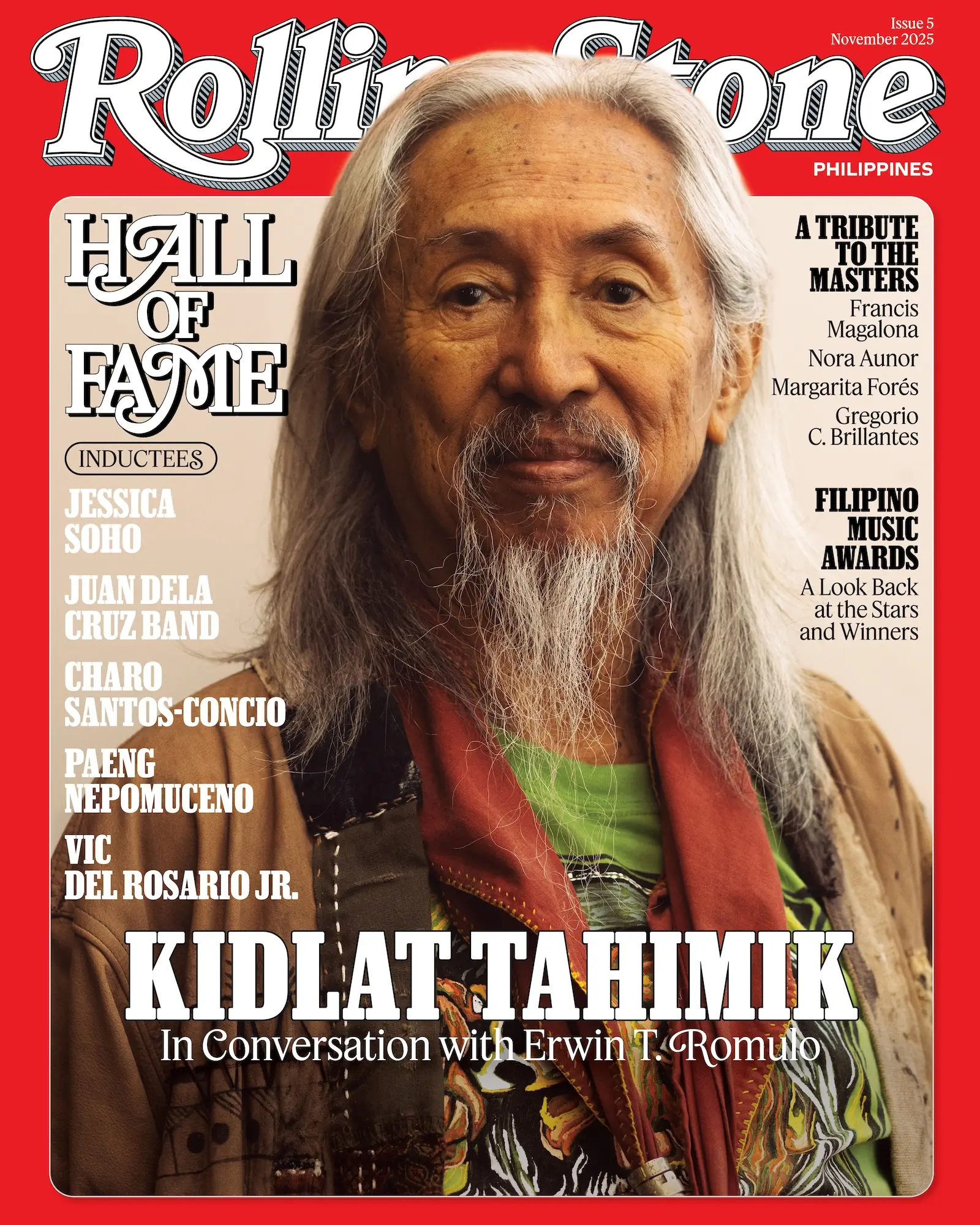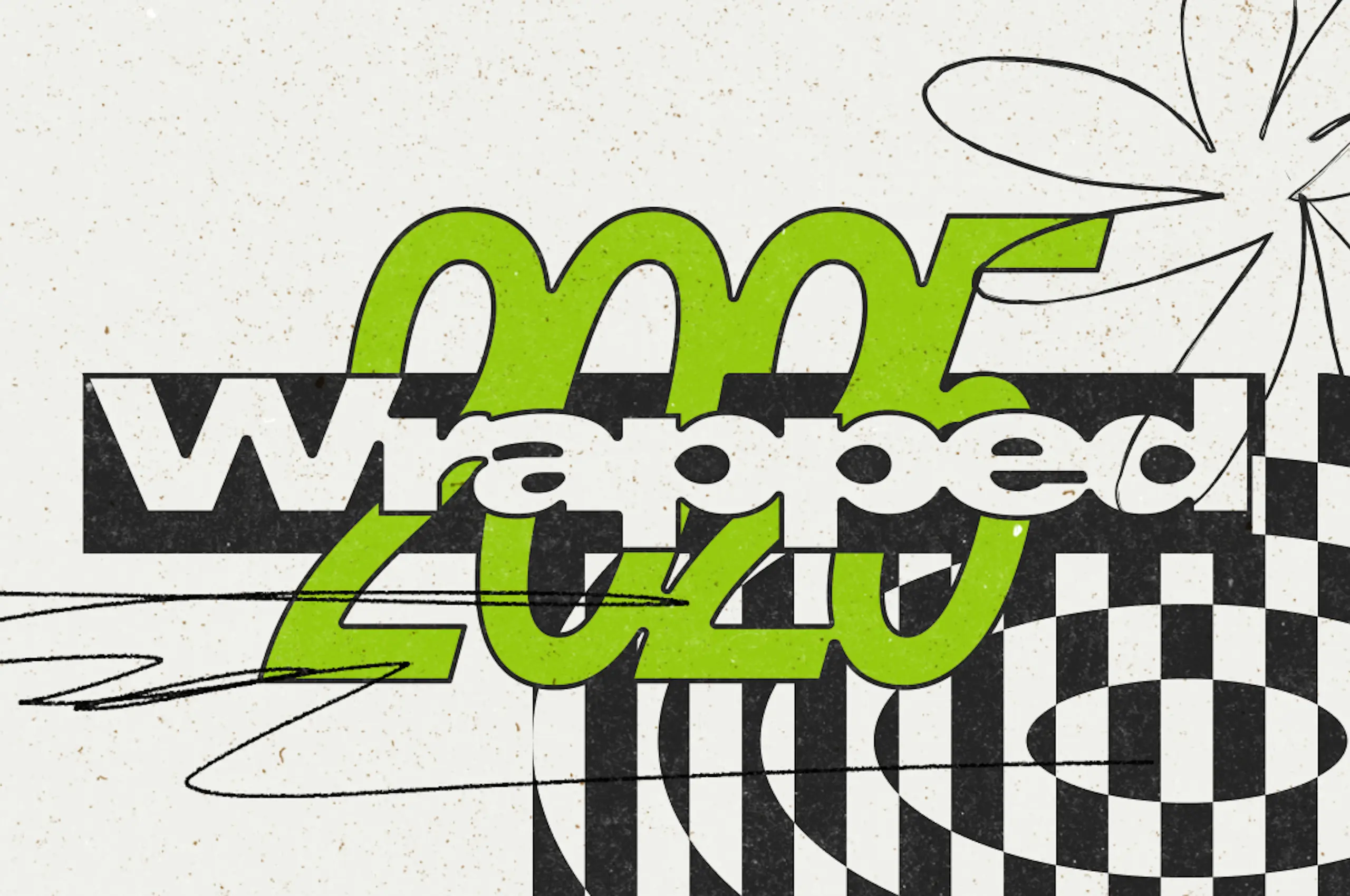The hip-hop genre in the Philippines is a living culture shaped by diverse voices, sounds, and communities. It has withstood several trend cycles to a point that it has become one of the biggest genres in the country in terms of popularity.
Since its emergence in the late 1980s, it has evolved into a mosaic of styles that reflect the nation’s complexity. Every region, every scene, and every generation has added its own flavor — from the uncompromising grit of gangster rap to the atmospheric production textures of abstract hip-hop. These subcultures have thrived through rap battles in tight corners, street cyphers, DIY recordings, and now, streaming platforms, carrying forward the stories of their communities.
As the world celebrates International Hip-Hop Day this August 11, it is worth looking back at the paths these movements have taken. The past four decades, in particular, have been a masterclass in reinvention, proving that Filipino hip-hop is not defined by one sound but by its endless capacity for expression.
Gangster Rap
Gangster rap in the Philippines has been a defining force in local hip-hop for over two decades. In the 1990s, crews like Death Threat and Pamilia Dimagiba and Filipino record labels like Dongalo Wreckords pioneered a gritty, street-centered sound that mirrored the struggles of their communities. By the 2000s, Blind Rhyme Productions and rapper Denmark kept the fire alive, with Shockra rappers Flict-G, Numerhus, and Crazymix earning recognition for their blistering speed-rap skills.
The modern wave has been carried by 187 Mobstaz, a powerhouse collective whose influence spans the country. Their network connects rappers from various cities, bringing their distinct perspectives under the 187 banner. Tondo’s Smugglaz became known for his rapid-fire delivery, while CurseOne has mastered the art of Bone Thugz N’ Harmony-inspired rap singing technique, and JSkeelz crafting deeply personal narratives. From Malabon, Sparo carried the same uncompromising energy.
, they represent enduring brotherhood under the gangster rap umbrella. Its evolution proves the genre’s adaptability, shifting production styles while maintaining its raw storytelling roots. The result is a living history of rap that continues to inspire younger generations to pick up the microphone and represent where they come from.
Plugg
In the 2020s, the rise of plugg transformed the soundscape of local hip-hop, opening more doors that became synonymous with “love rap.” Defined by booming 808s, airy snare patterns, and shimmering synth melodies, plugg captures the youthful rush of infatuation and vulnerability. Its charm lies in balancing trap’s rhythmic punch with the tenderness of R&B, creating tracks that feel both intimate and infectious.
Artists like xavi, shehatestracy, and maki! are among the genre’s most recognizable names, weaving stories of relationships, heartbreak, and longing into lush, melodic beats. For many listeners, plugg offers a softer counterpoint to hip-hop’s harder edges, showing that the culture is just as powerful when it leans into emotion. The style’s accessibility and digital-native audience have made it a cornerstone of the current scene, proving that even in a genre built on bravado, there is room for gentleness and sentimentality without losing authenticity.
Rap Rock
Rap rock and nu-metal carved out a unique chapter in the history of Filipino hip-hop, especially in the late 1990s and early 2000s. Greyhoundz, fronted by Reg Rubio, became one of the most prominent bands to merge rock’s raw aggression with rap’s rhythmic force. Contemporary artists like Gerald Bato and Dayaspora strengthen the rock sound by enlisting live band performances. Their collaborations and live performances often blurred the lines between mosh pit energy and lyrical flow, drawing in fans from both worlds.
Rubio’s ventures into hip-hop circles saw him sharing stages with rappers like Loonie, Batas, and Apoc, further cementing rap rock’s place in the broader scene. This crossover created a sound that was heavier, more visceral, yet still grounded in the storytelling tradition of rap. The subgenre bridged communities that might not have otherwise intersected, opening doors for more hybrid performances.
Abstract Rap
Abstract rap in the early to mid 2000s has always thrived on the fringes of Filipino hip-hop, where experimentation takes priority over commercial appeal. Characterized by its boom bap production, chopped up vocal samples, fluttering synths, and strong atmosphere, abstract rap prioritizes lyricism compared to the bombast of hip-hop’s production styles.
In Makati, acts like NothingElse have crafted intricate verses in both English and Tagalog, pairing them with unconventional beats from producers like Caliph8. Other examples include rap duo Flexx and Labjaxx rap about scientific experiments and DNAs. These tracks often blur genre boundaries, layering dense wordplay over soundscapes that feel more like art installations than traditional hip-hop instrumentals. Meanwhile, pure Tagalog abstract rappers such as Aklas have built their own followings with concept-driven projects, while Davao City’s Kalawakan Crew pioneered “kalawakan rap,” a cosmic, space-inspired approach to lyricism and production.
Despite its niche appeal, abstract rap has found success across regions, offering proof that there is a space for hip-hop that values complexity, texture, and introspection.
Trap
Trap’s arrival in the Philippine scene in the mid 2010s was met with skepticism from some boom bap purists, but it has since become one of the country’s most dominant hip-hop styles. Characterized by rapid hi-hats, deep bass, and high-energy hooks, trap’s infectious sound quickly found an audience among younger listeners.
Rappers and producers like Supafly, Ghost Worldwide, Sica, skinxbones, Al James, and Calix pushed the subgenre forward, while groups such as Psychedelic Boyz, O $ide Mafia, and Owfuck gave it a distinctly local identity. They infused trap with Filipino slang, regional references, and narratives rooted in urban life, making it resonate far beyond imitation. What began as an imported sound evolved into a homegrown powerhouse, redefining the boundaries of mainstream rap in the Philippines. Trap’s success is a testament to hip-hop’s adaptability, proving that the genre can absorb global trends while maintaining its own cultural fingerprint. Today, it stands as one of the most visible and commercially successful branches of the scene.





